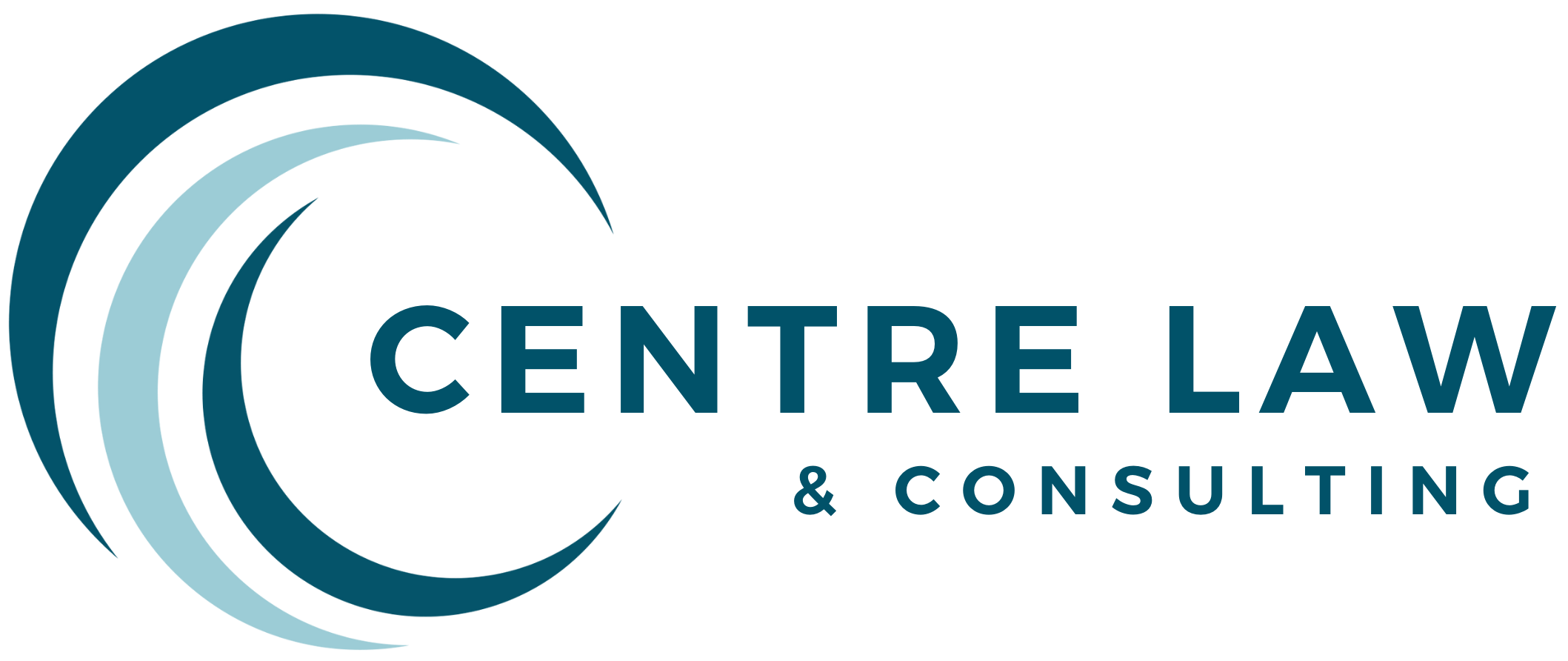As readers know, the Federal Acquisition Regulation (“FAR”) is the uniform, government-wide guidance for the Federal Government’s purchases of goods and services using appropriated funds. It was first published on April 1, 1984 — forty-one years ago next week – to address the chaos and inconsistencies that existed across the federal buying activities.Back then, each buying activity had its own procurement rules, policies and practices, and few of them were widely publicly available (long before the Internet became a ubiquitous source for such information). Doing business with one federal buying activity provided limited information or experience for dealing with another federal buying activity. More importantly, each buying activity was supported by a cadre of contractors who knew those unique rules but could rarely leverage those skills and knowledge across other buying opportunities – even for the same or similar products.
The FAR achieved its stated purpose, initially.
But over time, through the enactment of too many acquisition laws and issuance of too many executive orders and policy changes, the FAR is no longer uniform or comprehensive, in part because of the growth in agency acquisition supplements and/or semi-permanent deviations to meet agency-specific requirements or “lessons learned.” Many of the FAR rules also flow from the requirements imposed by other Federal agencies, such as the Departments of Labor or Treasury. Too many mandatory requirements are still imposed on the acquisition system.
As part of its renewed focus on efficiency and effectiveness in government programs, GSA Federal Acquisition Service Commission Josh Gruenbaum said in a GSA press release on February 18, 2025, announcing two immediate GSA acquisition rules changes (class deviations):
“The FAR has grown to more than 2,000 pages – it’s burdensome, outdated, and doesn’t allow agencies to buy at the speed of need, which leads to poor outcomes for the public we serve. The time is now to streamline the FAR to better align with commercial practices. GSA looks forward to working with the members of the FAR Council on this important work.”[i]
The entire acquisition community should welcome this latest call for a top-to-bottom review of the FAR, but we must also be active participants in its evolution. However, the objectives of such a review must be clear and unambiguous from the start. Page count alone should not be the controlling metric.
For example, acquisitions that meet the “speed of need” should be an important objective of the future federal acquisition system. But the acquisition system has also been charged with getting the lowest available price, buying using commercial practices where appropriate, promoting integrity, transparency and competition, and supporting a national industrial base, among others. All of these are important and worthy goals, as well. Finally, but not last, any acquisition system must have a well-trained and sufficiently staffed federal acquisition workforce to accomplish its objectives.
This is not the first review of the FAR. There have past successful rewrites of FAR Part 15 dealing with negotiated procurements, FAR Part 27 (and the DFARS) on data rights, FAR Part 45 on government property, and even the expansion of commercial acquisitions policies and practices under FAR Part 12. Efforts in Congress to further streamline and right-size the DoD acquisition laws and regulations have also had bipartisan support and initial success, and additional initiatives are underway.
The FAR is more than rules governing the purchase of goods and services. “Acquisition” is its middle name for the very good reason that it covers the entire lifecycle for fulfilling the government’s needs – from acquisition planning through market research and contract-type selection through contract close-out. Since, as the saying goes, the “government buys everything from ‘A’ to ‘Z’,” the FAR also addresses specialized areas of government purchasing, from research and development to information technology to professional services and contingency and emergency contracting.
So, while a comprehensive review of the FAR is a welcome effort, its goal must be to improve the acquisition outcomes for federal agencies while also properly balancing the multitude of its complimentary objectives. Every stakeholder – whether in agencies or representing contractors – must have a seat at the table and a voice when those policies are debated and decided.
If you have any questions or need any additional information, please do not hesitate to contact the author at [email protected] or the Centre Law attorney with whom you normally work.
[i] GSA Feb 18, 2025, press release “GSA announces FAR class deviations, guidance for contracting officers,”available at https://www.gsa.gov/about-us/newsroom/news-releases/gsa-announces-far-class-deviations-guidance-for-contracting-officers-02182025. (Last viewed March 26, 2025.)




